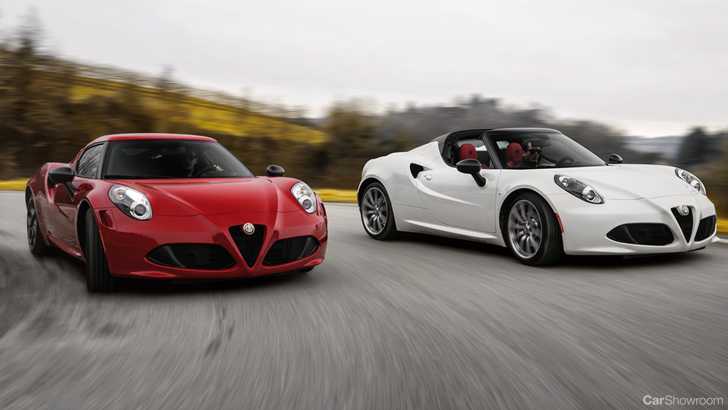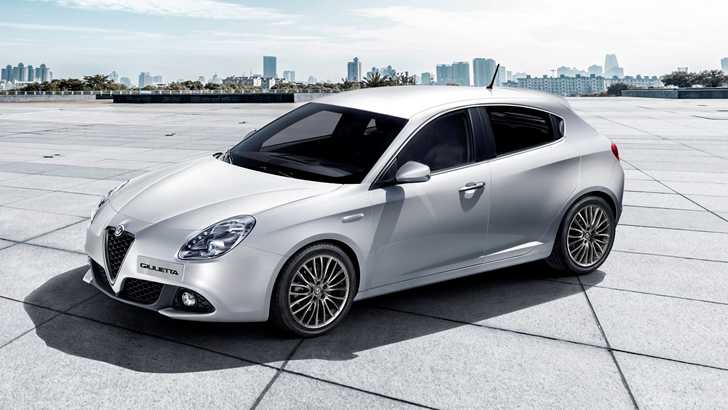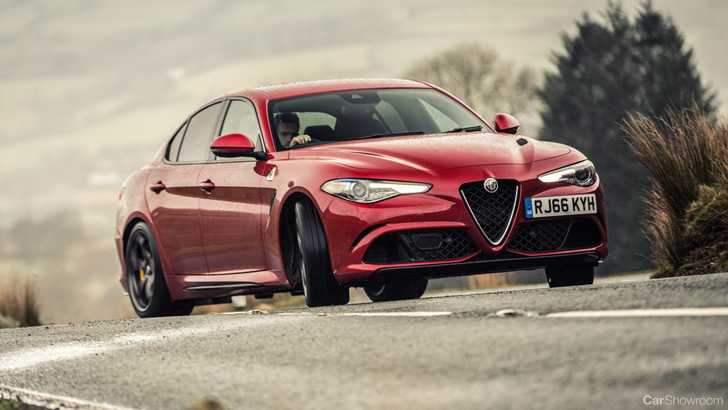Alfa Romeo wants to keep their strong run of new and exciting cars for as long as they can help it, obviously, all while reviving their competitiveness in key sectors of the automotive spectrum. With their newest models, the Giulia and Stelvio, they’ve admirably delivered an answer to the compact executive saloon and sporty SUV, forming key grab points for them to branch further upward.
However, the only two pre-Giorgio platform cars remaining in their line-up pose a problem they can’t merely solve with a facelift. In order to cohesively fit into their strategy as competitive alternatives to established segment heavyweights as well as to appeal to a broader set of buyers, they have to meaningfully evolve.
The front-drive Giulietta hatch has been around since 2010 and has remained largely unaltered. Meanwhile the mid-engine 4C, while quite the stunning performer, doesn’t quite have the range of ability to justify its high price to anyone other than the keen driving enthusiast.
Alfa’s roadmap will necessitate important decisions be made about these cars, and soon, should the company be committed to keep any unnecessary costs down. Keeping the comparatively slow-selling Giulietta and 4C in production is untenable under parent company FCA’s watch. Luckily, according to AutoExpress, the Italian marque is choosing a dramatic reboot of both these cars over an outright axing.
Starting with the Giulietta, the oldest in their showroom portfolio, Alfa Romeo is keen on positioning it much more keenly as a legitimate alternative to heavyweights such as the Volkswagen Golf. The report indicates that while discussions are still ongoing, the most likely move forward would be to use a shortened version of the Giulia’s platform, thus possibly making this all-new model the only rear-driven option in its class, a title soon to be vacant following the reveal that the next BMW 1 Series is to be FWD.
The company needs the next Giulietta to have true global appeal in a way that the first-generation car never grasped. Obviously, stealing a portion of Golf’s market share could very well lead to much needed boost in their journey to sustained profitability, followed by other endeavours to tackle segments with the most potential for worldwide sales and widest margins. In this case - and with the Stelvio already clawing at the smaller end of the market - a larger premium SUV beckons as the next natural step.
Roberto Fedeli, Alfa Romeo’s chief technical officer, to AutoExpress: “In order to complete the Alfa range of products we need another couple of pillars – something in the C-Segment and then obviously a sporty product, a very sporty product”.
With the 4C, the company is appearing to take a far more measured approach. Introduced in 2013, the sports car still has some good years ahead of it before time renders it obsolete. Fedeli notes that, to remain true to the brand’s deep motorsport heritage, Alfa needs to retain an driver-focused sports car. Following a mid-generation refresh, the company’s top brass is still debating whether or not to embark on a more radical reinterpretation, essentially bringing it closer to a direct competitor to the Porsche 718 Cayman and the soon-to-be-launched Alpine A110.
“Being in the market with that kind of car is not a choice, we have to do it. We have to have a pure sporty car,” he said. “We make some small modifications but then we have to decide if we want to install different engine, or switch the architecture. As you can imagine we have some options, we are working on more than one option.”
As it stands, the 4C’s niche appeal is earned through its no compromise approach - handling and lightness being the only priorities that mattered in its development, with a diminished regard for concerns such as comfort and refinement. The 4C, like the Lotus Elise, is rather cramped to sit in and features a quite spartan interior. It’s hewn from a carbon fibre tub, construction usually reserved for multi-million dollar supercars, and emblematic of the car’s single-mindedness about weight, or the lack of it.
While those are attributes that yield the sharpest handling and highest power-to-weight ratio, the 4C recipe will need some significant spiffing before it can pull double duty as both a weekend toy and daily drivable sports car. Perhaps, if we’re real lucky, they’ll find a way to shoehorn their 2.9-litre Ferrari-developed twin-turbo V6 in there too, finally giving us a true successor to the Lancia Stratos.
For more on Alfa Romeo cars, check out our Showroom.





























